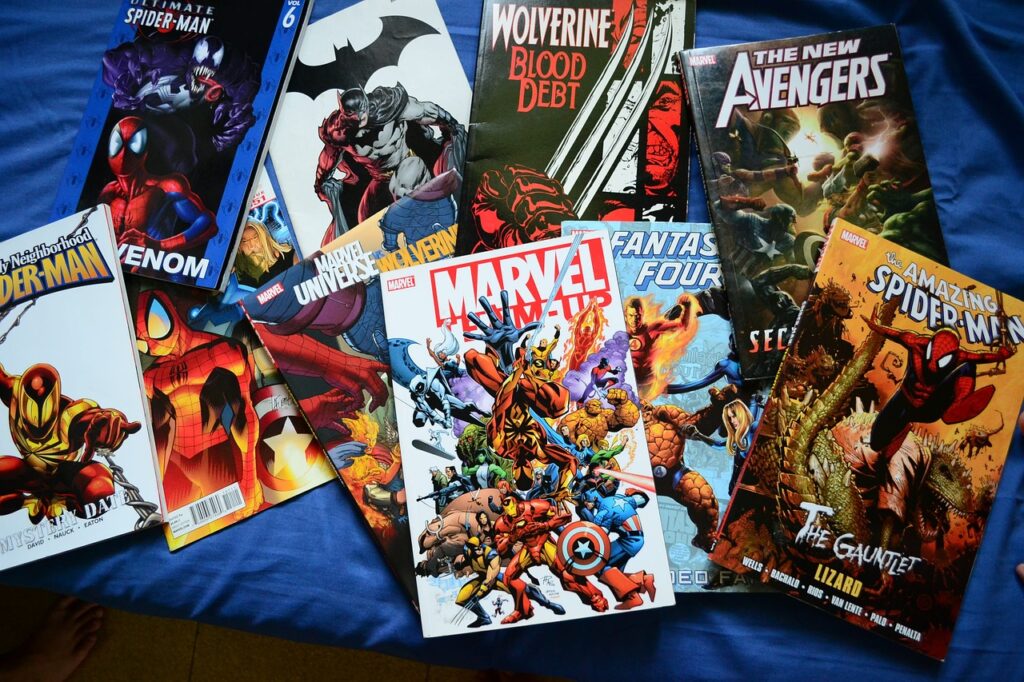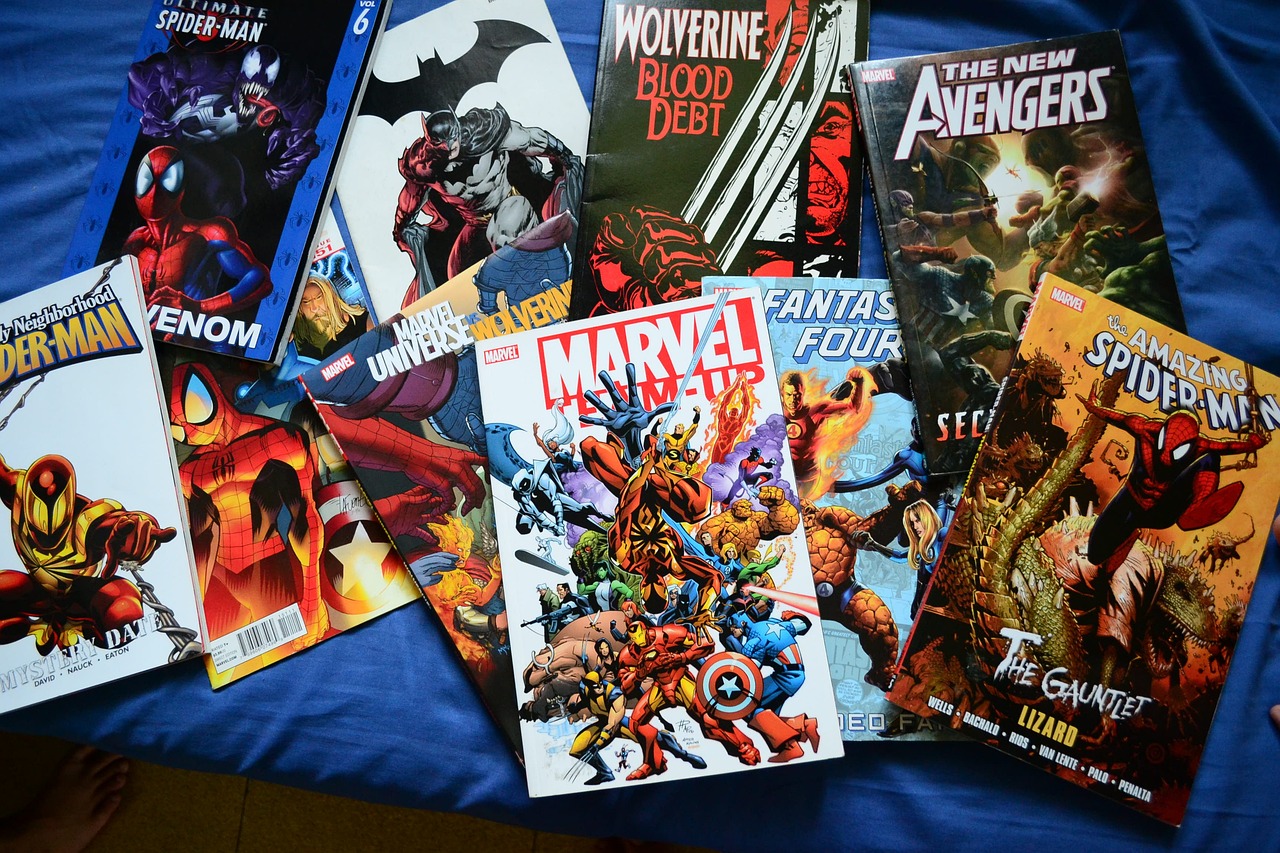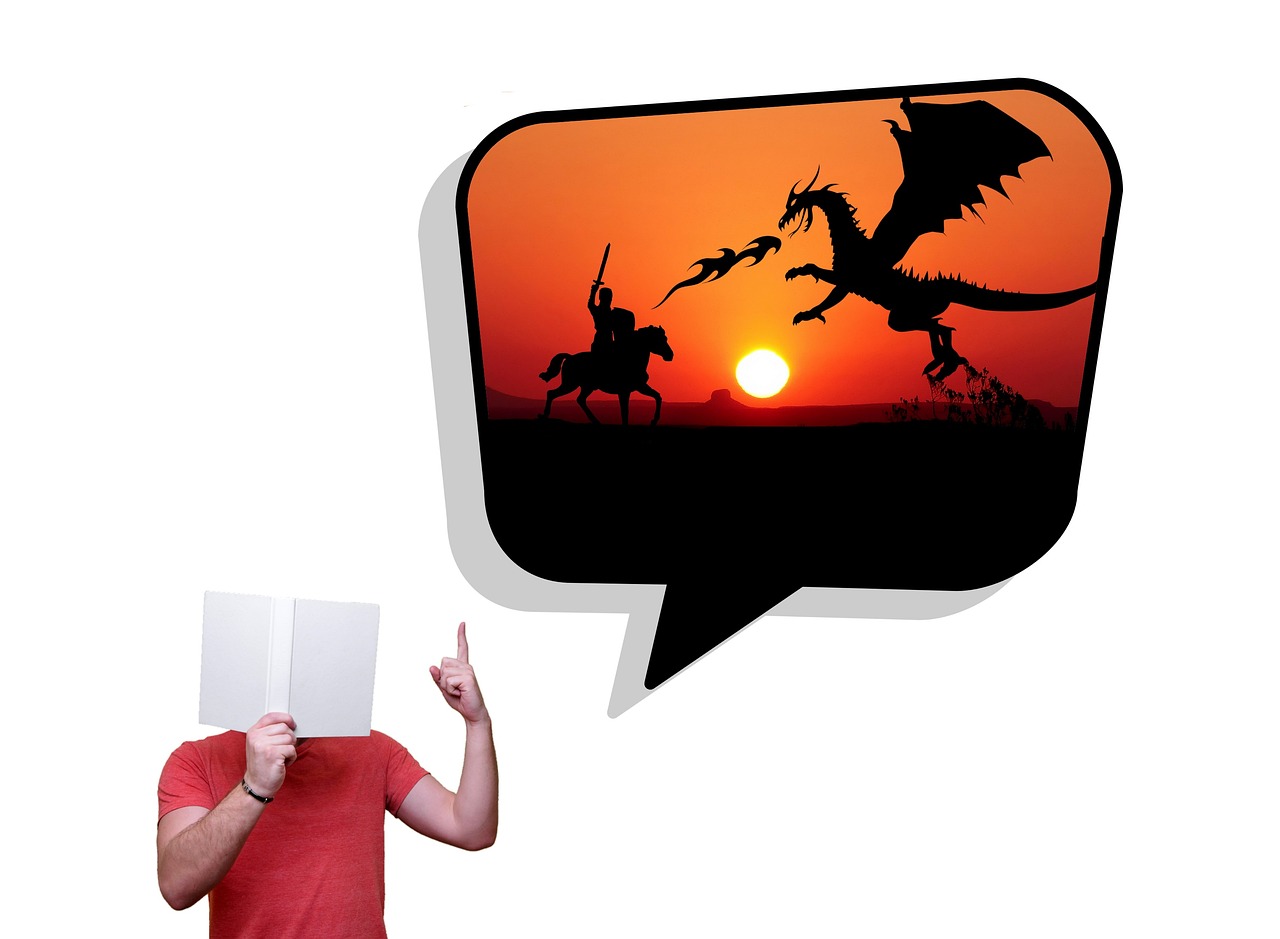Are you aware of the power of comics in promoting literacy and visual literacy? Comics have been a popular medium of storytelling for decades, and they have proven to be an effective tool for enhancing reading comprehension, critical thinking skills, and vocabulary.
Through their unique combination of visual and textual elements, comics can captivate readers of all ages and backgrounds, making them an ideal resource for educators and parents alike.
In this article, you will learn about the many benefits of comics and how they can be used to promote literacy and visual literacy. Whether you are a teacher looking for innovative ways to engage your students, or a parent seeking ways to encourage your child’s love for reading, comics can be a valuable addition to your toolkit.
So, let’s dive in and explore the fascinating world of comics and their role in fostering literacy and visual literacy.
The Power of Visual Storytelling in Comics
You can’t help but be drawn in by the way comics use powerful visual storytelling to captivate and engage you. With a combination of images and words, comics can convey complex emotions and ideas in a way that is both entertaining and thought-provoking. The emotional impact of comics can be felt through the vivid and dynamic illustrations that complement the story, making it almost impossible to put down.
Moreover, comics have the ability to represent different cultures in a way that is both accurate and respectful. Through the use of diverse characters and settings, comics can create a sense of inclusion that is often lacking in mainstream media. This not only promotes literacy by exposing readers to different perspectives, but also promotes visual literacy by encouraging readers to interpret and understand the cultural representations portrayed in comics.
The power of comics lies in their ability to tell stories in a way that is both visually stimulating and intellectually stimulating, making them an invaluable tool for promoting literacy and visual literacy.
Developing Reading Comprehension Through Comics
When using comics to improve your reading comprehension, it’s important to pay close attention to the visuals and how they relate to the text. Comics offer a unique opportunity to develop inference skills, which are crucial to understanding and interpreting texts.
Inference is the ability to draw conclusions based on evidence from the text and the images presented. As readers navigate through the panels, they must use their prior knowledge and the clues provided to make sense of the story.
Graphic novels, in particular, are a great tool for developing inference skills. With their complex storylines and detailed artwork, graphic novels require readers to piece together information from both the text and the images to fully understand the story.
As readers make connections between the visual and textual elements, they are able to form a deeper understanding of the story and the characters. In essence, comics and graphic novels provide a powerful platform for promoting literacy and visual literacy by encouraging readers to actively engage with the text and develop critical thinking skills.
Critical Thinking Skills and Comics
By actively engaging with the complex storylines and detailed artwork of graphic novels, you can develop critical thinking skills and gain a deeper understanding of the story and characters.
Analyzing symbolism, inference in comics, and the impact of diverse representation in comics can help you develop your critical thinking skills by challenging you to think beyond the surface-level plot. You’ll learn to pay attention to details such as character expressions, background details, and color choices to infer the underlying themes and meanings in the story.
Additionally, diverse representation in comics can broaden your perspective and challenge your assumptions. By reading comics with diverse characters, you can learn about different cultures, experiences, and perspectives. This can help you develop empathy and understand the world from different points of view.
Overall, comics can be a powerful tool for developing critical thinking skills and promoting literacy, both visual and traditional.
Enhancing Vocabulary with Comics
Improving your vocabulary can be achieved through the use of comics, as they often provide readers with a wide range of new and challenging words. Comics usually have a concise and punchy style of writing, which makes it easier for readers to understand complex ideas and vocabulary.
Additionally, comics often use word association to provide context for unfamiliar words, which helps readers remember them better. Moreover, comics can improve reading motivation, making it more enjoyable for learners to read and learn new words.
When readers encounter new words in comics, they’re more likely to remember them because they’re presented in a fun and engaging way. This can lead to a positive feedback loop, where the more readers enjoy reading comics, the more they improve their vocabulary, and the more they improve their vocabulary, the more they enjoy reading comics.
Therefore, using comics as a tool to enhance vocabulary is an effective way to promote literacy and visual literacy.
Using Comics in Educational Settings to Foster Learning
You can use comics in educational settings to create an engaging and interactive learning experience that fosters knowledge retention and critical thinking skills.
Classroom implementation of comics as a teaching tool has been shown to increase student engagement and motivation, as well as improve their reading and comprehension skills.
Comics are particularly effective in teaching subjects that require visual representation, such as science, history, and social studies.
Incorporating comics into lesson plans can also help students develop analytical skills and foster creativity.
Students can analyze the structure and content of comics, identifying themes and symbols that convey deeper meanings.
They can also create their own comics, using their knowledge of the subject matter to tell a story or convey a message.
By using comics in educational settings, teachers can create a fun and effective way to teach their students while also promoting literacy and visual literacy.

Frequently Asked Questions
How do comics compare to traditional forms of literature in promoting literacy?
Comics are more effective than traditional literature in promoting literacy. Comic book adaptations and original works both play a role. Diversity in comics positively impacts literacy development, as it exposes readers to different cultures and perspectives.
Can reading comics help improve writing skills as well as reading skills?
Reading comics can improve your writing skills by promoting creativity and providing an alternative visual approach to storytelling. Using comics in writing instruction can enhance students’ understanding of narrative structure and character development.
How do comics specifically benefit visual learners?
If you’re a visual learner, comics can benefit you in multiple ways. They can improve your cognitive development and aid in comprehension. Comics use visuals to depict a story, making them a great tool for learning.
Are there any studies that show a correlation between reading comics and improved academic performance?
Did you know that reading comics can improve academic performance? Studies show a correlation between comics and cognitive development, as well as increased engagement in reluctant readers.
How do educators effectively integrate comics into their lesson plans?
To effectively integrate comics into your lesson plans, try using them as part of collaborative projects that encourage multimodal learning. Encourage students to analyze the text and images together, and ask them to create their own comics as a way to demonstrate understanding.
Conclusion
Congratulations, you now have a better understanding of the role of comics in promoting literacy and visual literacy.
Comics are a powerful tool for storytelling, and they’re accessible to readers of all levels.
By using comics, educators can help students develop reading comprehension skills, critical thinking skills, and even enhance their vocabulary.
Comics have a place in educational settings as well. Teachers can use them to foster learning and engage students in the classroom.
With their ability to captivate readers, comics can be an effective way to teach complex concepts and make learning enjoyable.
So, whether you’re a student, teacher, or simply a fan of comics, remember their potential to promote literacy and visual literacy.










